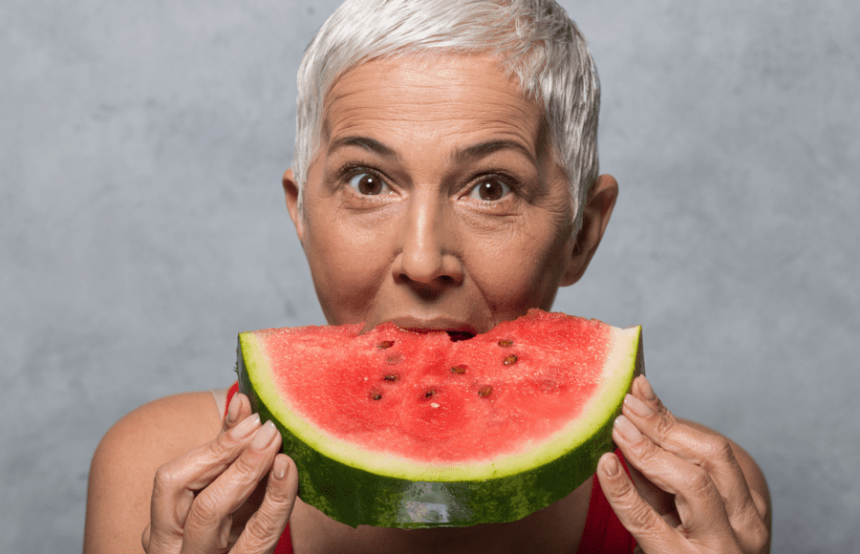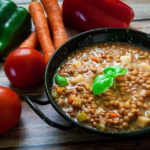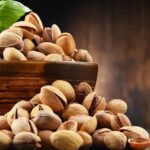Pulmonary hypertension is a minority adult disease and is characterized by high pressure in the pulmonary arteries. This is because the blood vessels in the lungs are narrowed and make it difficult for blood to pass through. Pulmonary hypertension is a chronic disease that cannot be cured, but medical treatment and a proper lifestyle and diet can reduce symptoms and improve the quality of life of the sufferer.
CONTROLLING SALT IN THE DIET: A KEY ISSUE
To regulate hypertension, it is essential to control daily salt intake, not only by monitoring the amount used in cooking but also the foods that may contain hidden salt. These are above all foods of industrial origin such as precooked foods, sausages, salted meats, salted meats, smoked foods, preserves, commercial sauces, stock cubes or snacks such as olives, chips, quiches and croquettes.
When it comes to cooking, as many find it difficult to eat without salt, it is important to propose other types of seasonings to give flavor, such as garlic, lemon, spices – pepper, curry, cumin, turmeric -, aromatic herbs – parsley, oregano, basil, herbs de Provence – or to make homemade flavored oils: add these seasonings to a bottle of virgin olive oil so that, depending on the oil we use, it will have one flavor or another.
MAINTAINING OR ACHIEVING AN ADEQUATE WEIGHT
It is common for patients with pulmonary hypertension to be underweight or overweight. Therefore, another of the important aspects to be treated is to reach an appropriate weight. If there is overweight, it will be helped to reduce it through a healthy diet, where priority is given to vegetables, whole-grain products, lean foods and healthy fats.
Since weight loss is, among other possible reasons, due to lack of appetite and/or early satiety, it is necessary to prioritize foods that have a high energy density, that is, that provide a lot of energy in a small amount. Examples include nuts, olive oil, avocado, cereals and their derivatives such as rice, quinoa, bread or pasta, tubers such as potatoes or sweet potatoes and dried fruit. These can be eaten as the main ingredient of a dish or as a complement to a recipe or other food.
Think, for example, of dried fruits: they can be a good choice between meals and also combine very well with yogurt and honey or can be added ground to a vegetable puree or a stew. Alone they provide enough energy; combined with other foods they can be a great caloric extra without having to increase excessively the volume of the dish.
Despite the fact that, as we have said, pulmonary hypertension is a chronic disease, an adequate diet and nutritional status can favor the good quality of life of patients and that is why it is important to turn to a dietitian-nutritionist in case you need help, as he/she will tell you how to make changes in an easy and personalized way.













